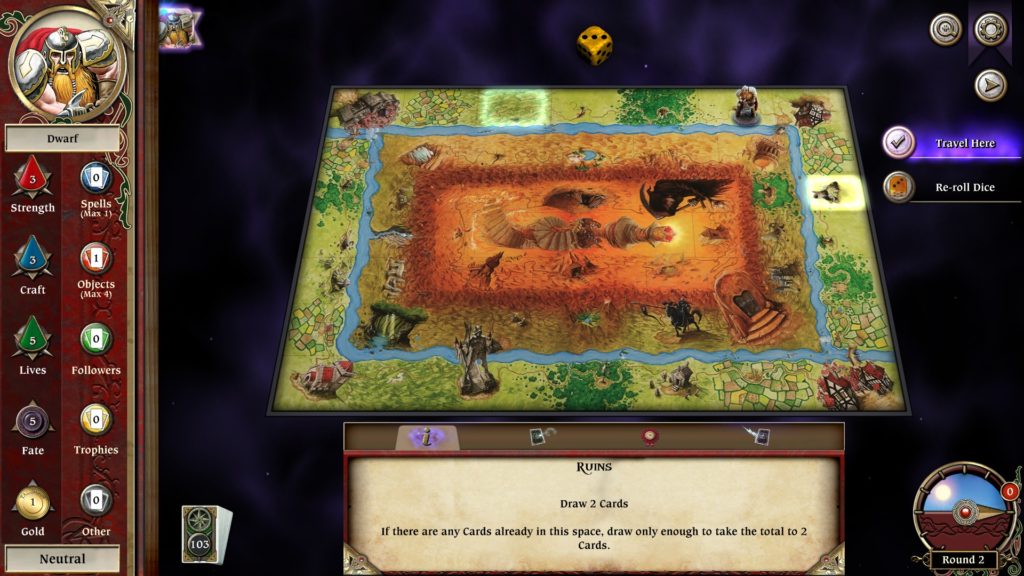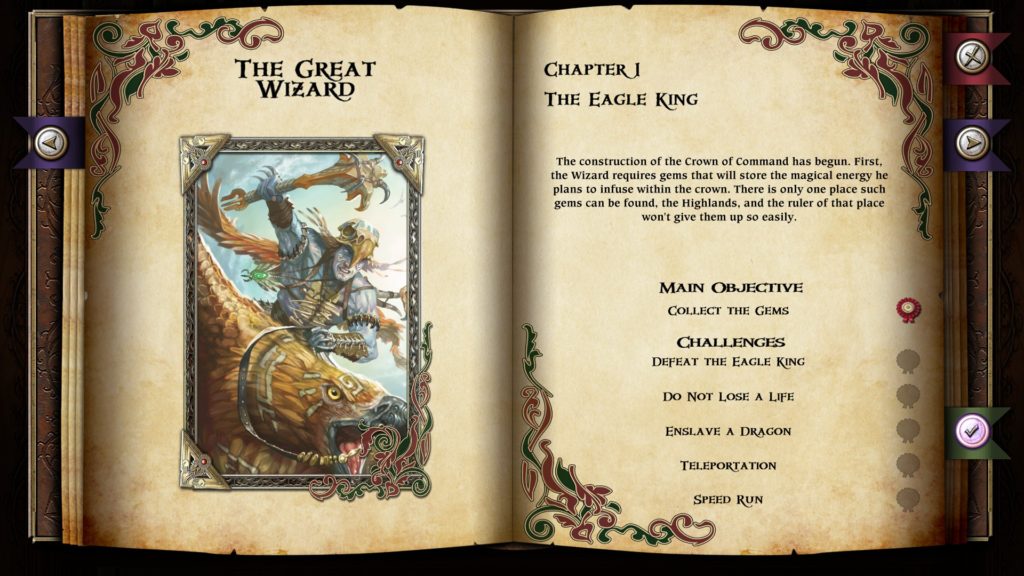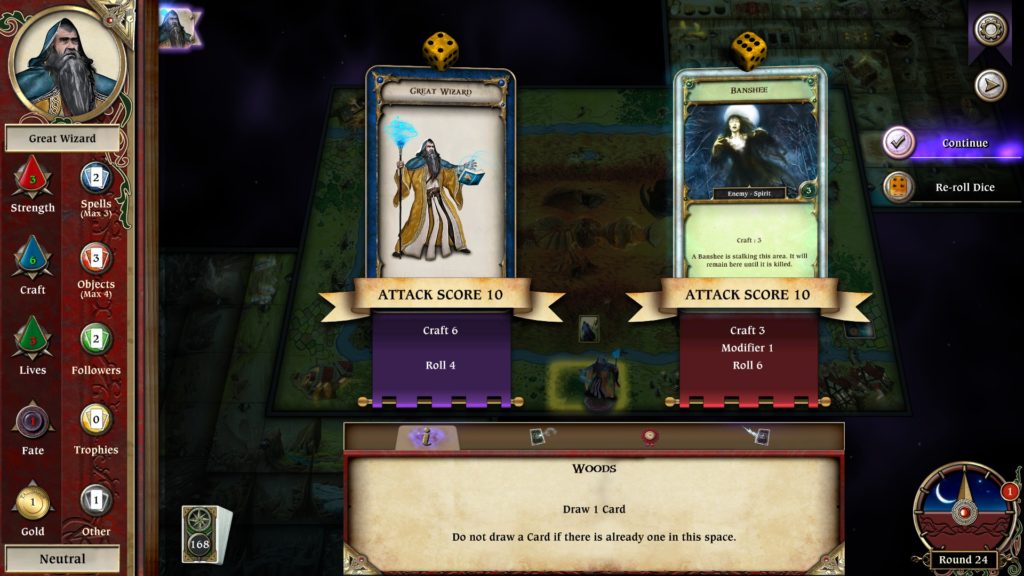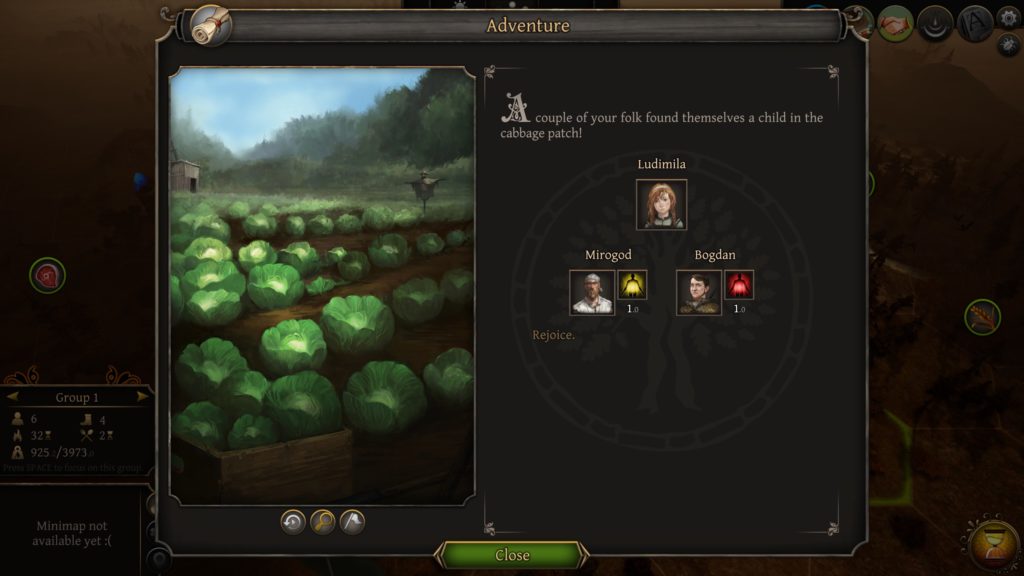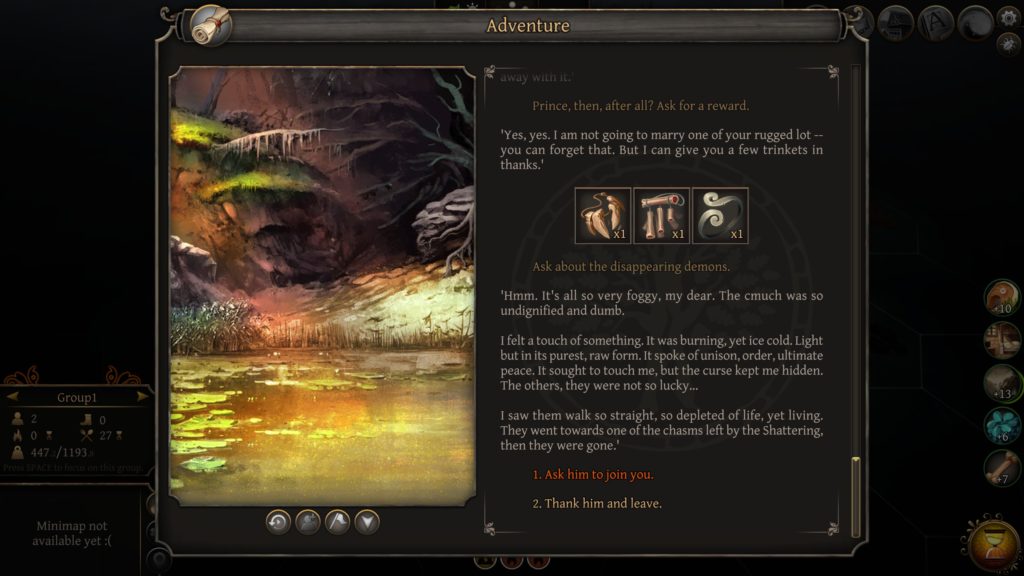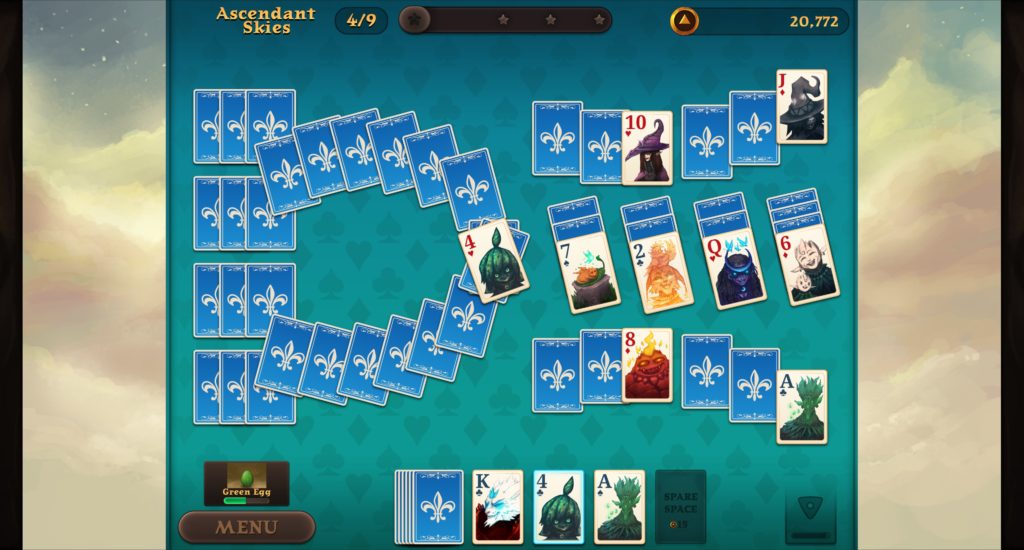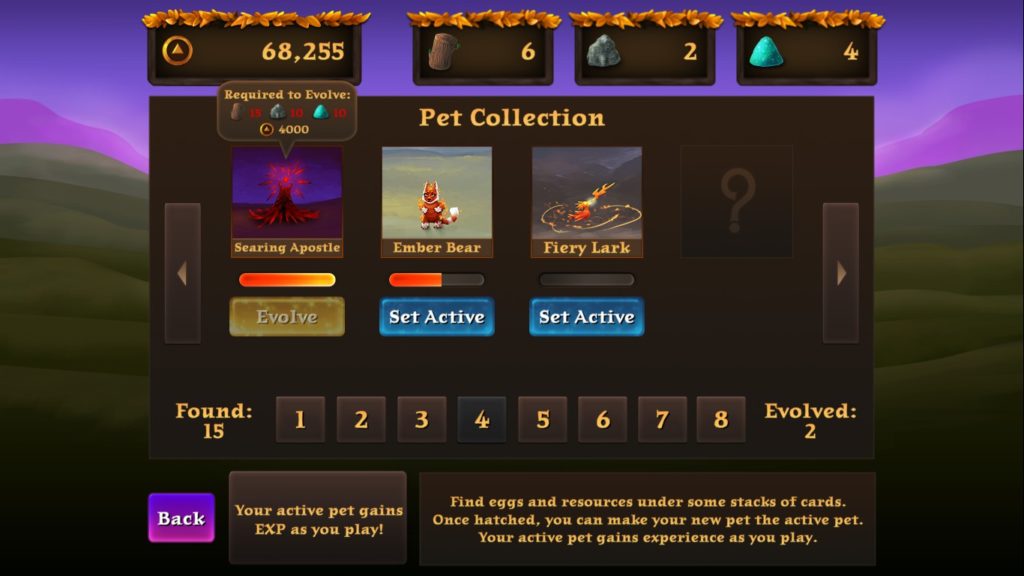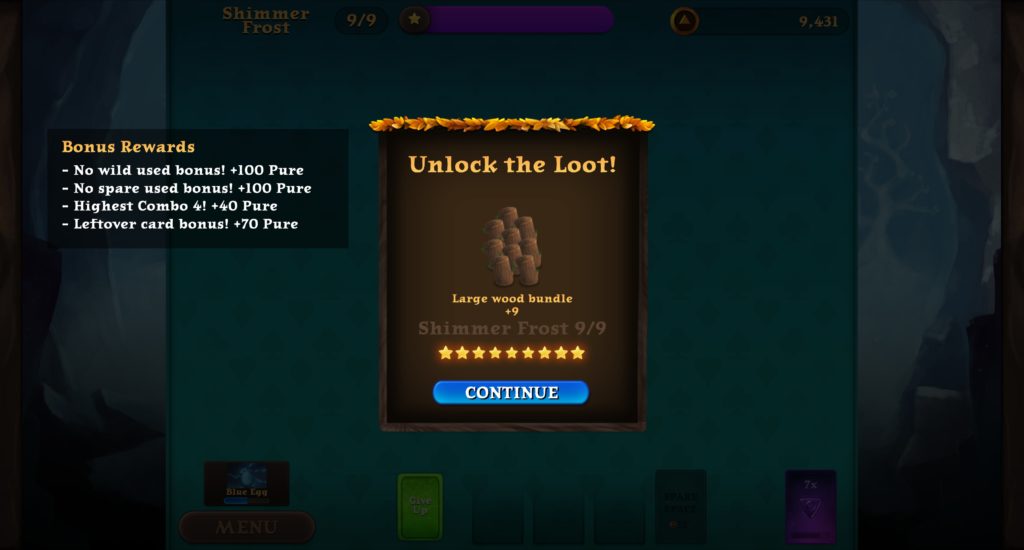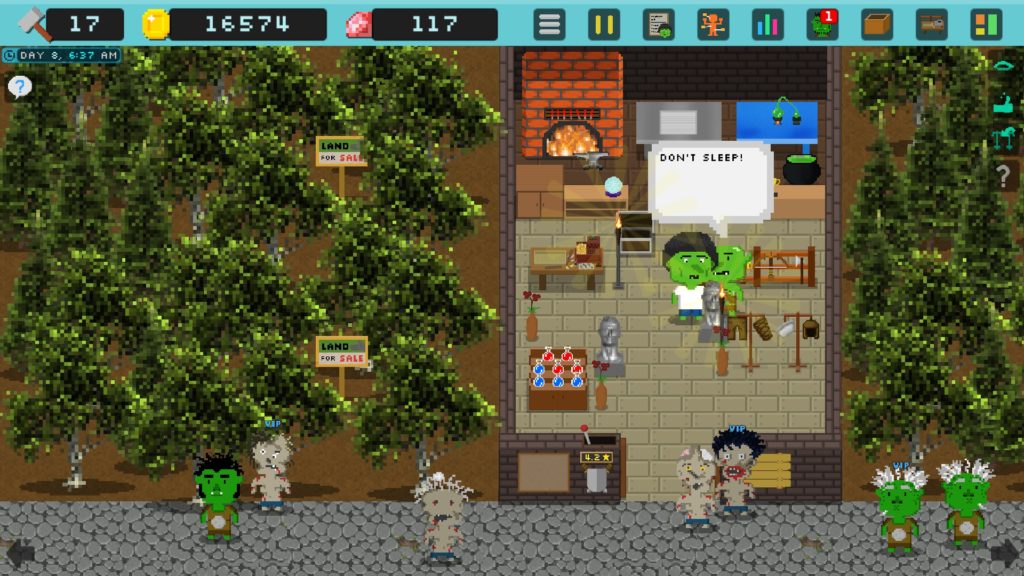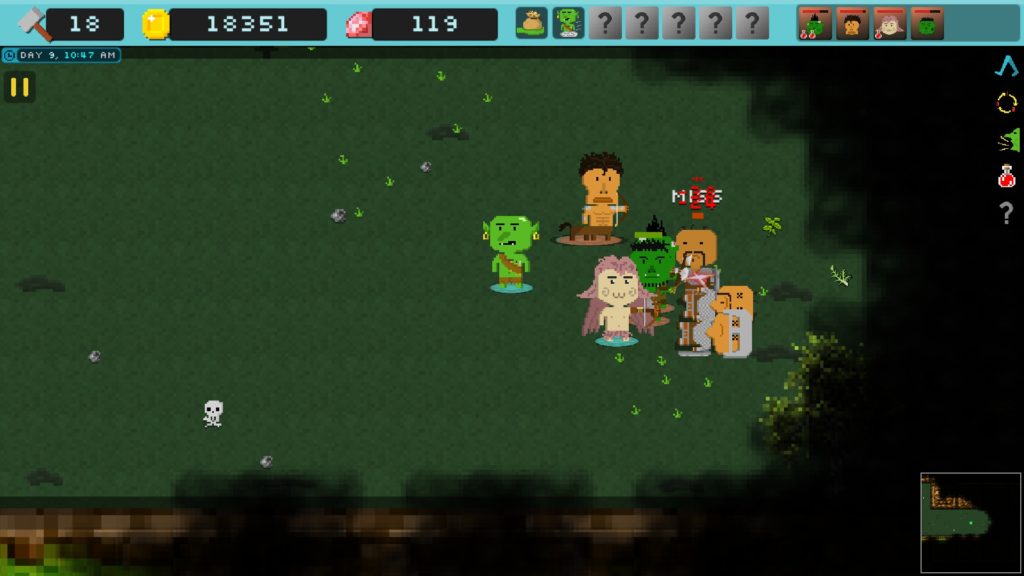Forager (Review)

Source: Cashmoneys
Price: £14.99
Where to Get It: Steam
Forager is one of those games which blurs the line a little bit. Specifically, between a survival RPG… And an idle game. I’ve actually had some arguments, over the past month, as to whether this label really applies. “But Jamie, you do things. You walk around.”
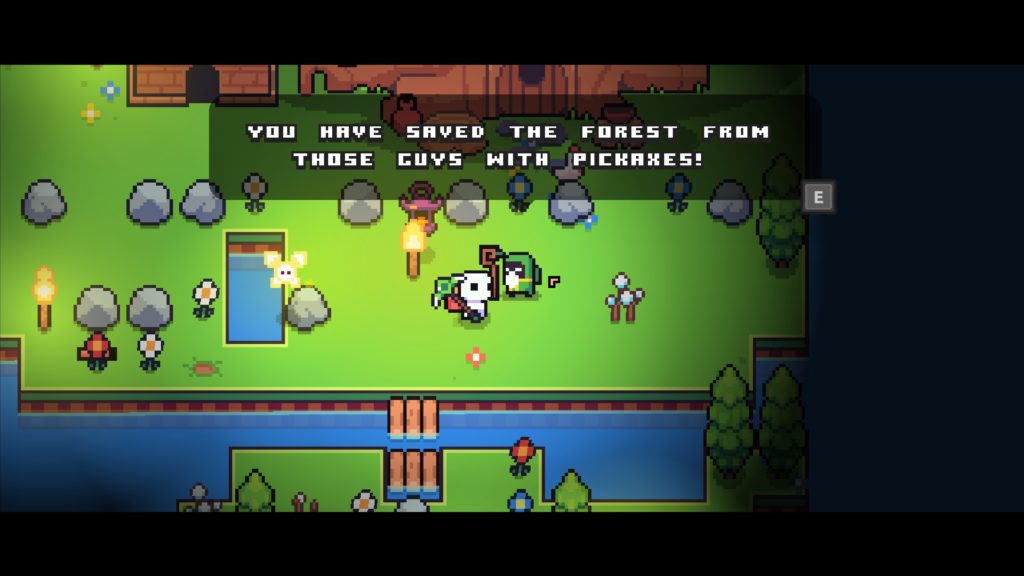
Yes. And a lot of that walking around is so you can find the thing that popped up. To hit the thing. To get more of a thing. So you can make more of the other thing to get more things overall. Everything in Forager is in service to opening up more Forager. And a lot of that time is either clicking on things (To mine them, to kill them, or to solve the odd puzzle), or waiting for things.
Like I said, it blurs the line, because while other survival games and RPGs have precisely this… Even the skill tree is basically “Unlock more things to do.” Ah, now you can mine this metal. Now you can make better mining things. Now you can get more gold when you make gold.
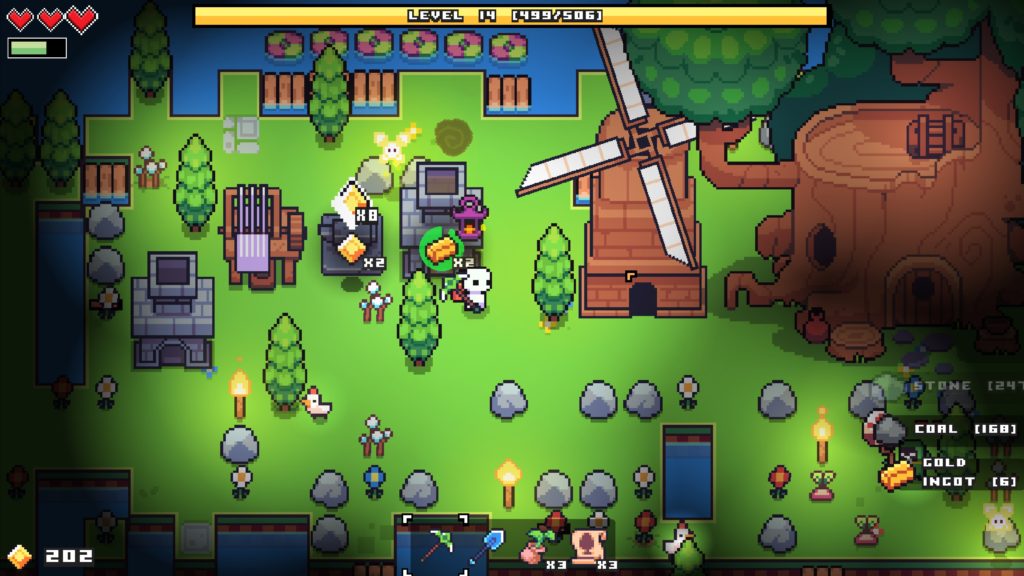
Does that make Forager unenjoyable? Not precisely, it definitely does interesting things. But it really does seem to be enjoyed more if you approach it from an idle-game viewpoint than an RPG viewpoint. Exploration? Well, occasionally you get that, but more often, it’s bam, one puzzle or NPC fetch quest chain, and what’s left is farming, mining, and harvesting. Story? Again, somewhat, but it’s relatively minimal, and in service to… Opening up more mining, farming, and harvesting. It has a hunger meter, it’s true, and a health meter, but rarely are either threatened. The real threat, honestly, is that you hit a progression lull.
See, there’s never a lack of things to do, or things to watch. In fact, quite the opposite, as, quickly, you have inventory management, and meters to watch, and things to make, and things to harvest, and now, because you want to make this special thing, you have more things to harvest, and make, and… It can get overwhelming, with the feeling that you’re running in place while not doing very much (Much like a lull in… An idle game.)
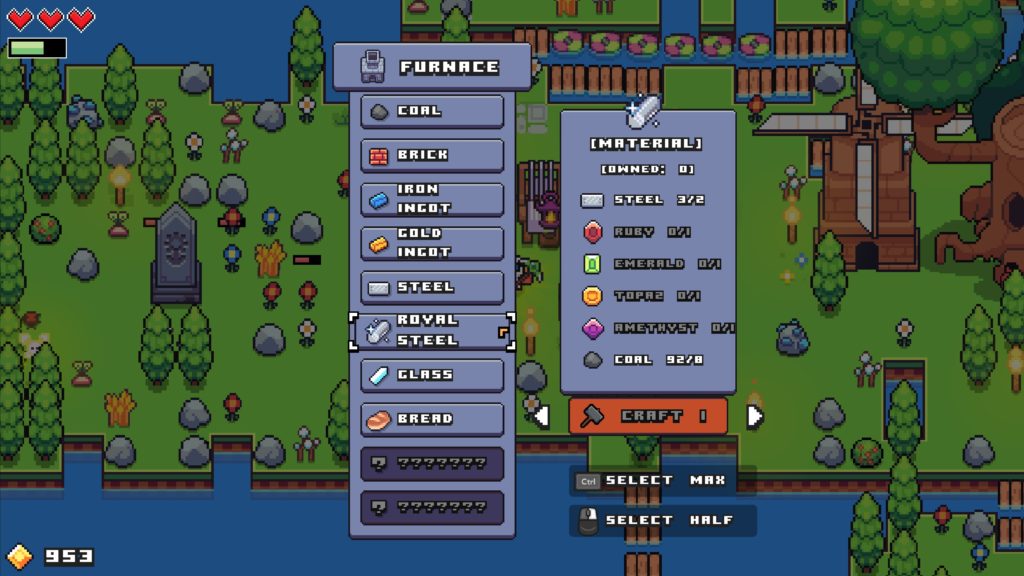
Still, the rate of progression, to an extent, depends on how you want it to progress. I’ve seen folks try single island challenges, and others (like me) try desperately to see everything there is in the game, buying islands as soon as they can, levelling as best they can (Levelling is done by just doing things, but, as you might expect, it gets slower the further you go), and that self goal setting is a nice way to approach this.
Anyway, as noted, Forager seems to be most enjoyable when played from an idle, as opposed to RPG perspective, and that’s just fine. I am a little annoyed that the option to quit is hidden in options, but other reviewers have noted this, and it hasn’t changed, so I guess it stays.
This review took one reviewer, two word processors, five computers, and a sharp stick to make. Only the sharp stick was a base component.


